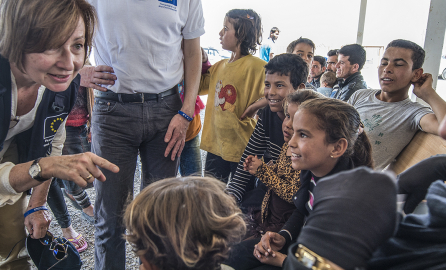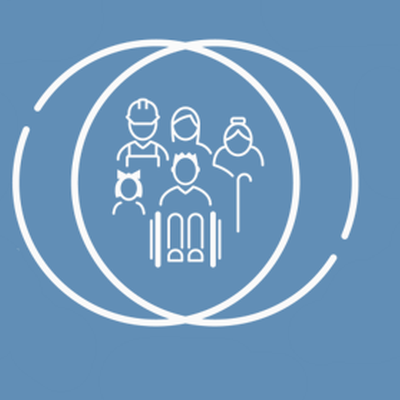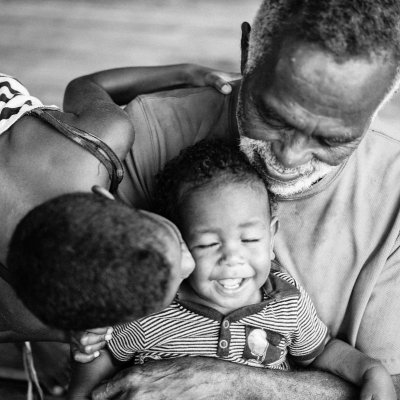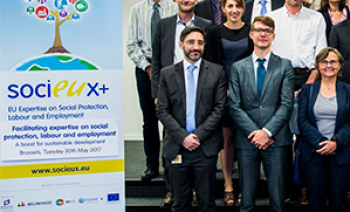According to Monique Pariat, the Director-General of the European Commission’s humanitarian arm ECHO, social protection can be a bridge between humanitarian and development approaches, helping the most vulnerable populations in a more efficient and effective way. Ms Pariat spoke to Capacity4dev about ECHO’s work to support long-term, shock-responsive social protection systems around the world.
Capacity4dev (C4D): Why does social protection matter to humanitarian actors? How do you see its relevance for your work?

Monique Pariat (MP): Social protection is a policy that brings humanitarian and development actors together to support the most vulnerable populations in a more efficient and effective way. It bridges humanitarian and development approaches, something we all know is necessary. Humanitarian and development actors have to work together from the beginning of a crisis and prepare a successful transition.
The challenges we need to address today are larger than ever before: Some 80% of the humanitarian crises where DG ECHO works are protracted; they last five years or more. As a humanitarian donor, we also need to be engaged as part of a longer-term vision. Social protection in contexts of fragility and forced displacement can help us to develop it.
From a humanitarian perspective, cash-based emergency response gives us the possibility to work towards social safety nets as a component of a wider social protection approach. Cash transfers can provide quick, efficient and dignified support to those in need in contexts of fragility and forced displacement; and in sudden-onset disasters.
|
Social protection in fragile contexts Check out more Voices & Views articles on bridging the humanitarian and development sectors: |
Yet cash interventions are often designed as short term actions, and are not always aligned with national safety nets or broader social protection systems.
To make the use of cash more impactful, it's best to align it with national social protection systems - where such systems are in place. Humanitarian aid can be conducive in supporting the adaptation of national social protection systems to target vulnerable populations and eventually leading to a next generation of government-led social protection.
In any case, we should continue to work towards shock-responsive social protection systems that can be scaled to respond to shocks and crises more quickly, optimising the limited financial resources at hand.
C4D: Do you have any concrete examples of how, and where, this can work in practice?
|
Watch the complete interview here: |
MP: The Emergency Social Safety Net for refugees living in Turkey, that we launched last year, comes to mind. This is the largest ever humanitarian aid project funded by the European Union. It is also the first humanitarian social assistance programme fully aligned with a national safety net – that of the Turkish authorities. We have seen how many benefits it has: It is cost-effective, it provides beneficiaries with dignity and choices, and even boosts the local economy.
By financing such programmes, the EU will contribute to the creation of predictable and longer-term social safety nets that can gradually absorb chronic humanitarian caseloads. Humanitarian actors can then, in turn, re-focus their efforts and constrained resources on more sudden-onset emergencies.
Of course all this is not something we can achieve alone. Social protection holds the potential to put the humanitarian-development nexus into practice, inviting us to work together with development colleagues from the onset of a crisis.
Image credit: Peter Biro/ECHO via Creative Commons license 2.0






Log in with your EU Login account to post or comment on the platform.